Most people walk into the gym without a real plan. They jump from machine to machine, hoping to get results just by showing up.
But muscle growth doesn’t work like that.
Building size and strength takes structure, and this plan gives you just that.
A bodybuilding routine isn’t just for pro-level athletes or stage competitors. It’s one of the most effective ways to shape your body, build real muscle, and gain control over how you look and feel.
And when done right, it targets every major muscle group with just enough volume and intensity to spark growth while allowing your body to recover.
This specific plan blends science-backed methods like progressive overload, compound lifts, and recovery timing into a routine you can actually stick to.
Whether you’re training three days a week or five, the workouts are clear, balanced, and built to help you grow without burning out.
In this blog post, you’ll learn how to follow a smart, structured bodybuilding workout plan, one that gets results, fits your schedule, and sets you up to keep improving every single week.
The Best Way to Build Muscle

If you want to build real muscle, you need more than random workouts. This plan follows a smart split that hits every major muscle group about twice a week.
That’s the sweet spot for growth, enough volume to trigger results without wearing you down. The full version runs five days per week, each with a clear focus:
- Day 1 – Push Day: You’ll train your chest, shoulders, and triceps with pressing movements.
- Day 2 – Pull Day: This day is all about your back and biceps—think rows, pull-downs, and curls.
- Day 3 – Upper Accessory: A lighter upper body day to build extra volume and polish weak spots.
- Day 4 – Leg Day: Focused on glutes, quads, hamstrings, and calves with strong compound moves.
- Day 5 – Upper Accessory 2: Adds variety and targets lagging muscle groups again before rest.
If you’re just new to workouts, you don’t have to jump into all five days. You can scale it down to 3 or 4 workouts per week, just drop one or two of the upper accessory days and keep the main push, pull, and leg sessions.
This split lets you train hard without burning out. Each muscle gets worked, then rested, then worked again. That’s how you grow and stay consistent long term.
5-Day Bodybuilding Workout Plan
This training setup makes it easier to stay consistent, build muscle evenly, and stay on track. You’ll work major muscle groups more than once a week by focusing on one area per session.
Whether you’re doing the full 5-day split or trimming it to 3 or 4 days, here’s how each day is structured.
Day 1 – Push Day

Barbell Bench Press (3 sets of 4–6 reps)
Lie flat on a bench. Lower the bar slowly to your chest, then press it straight back up. Keep your feet flat on the floor and your back slightly arched. This is your main strength-builder for chest.
Incline Dumbbell Press (3 sets of 6–8 reps)
To do this dumbbell workout, set first your bench to a slight incline. Then, press both dumbbells from chest level to straight above. This hits the upper chest and complements the bench press.
Dumbbell Lateral Raise (3 sets of 12–15 reps)
Stand tall and lift the dumbbells out to your sides until they reach shoulder height. Control the motion and don’t swing your arms—this move shapes your shoulders.
Cable Triceps Pushdown (3 sets of 10–12 reps)
Stand in front of the cable machine and grab the bar or rope attachment. Push it straight down until your arms are extended. Return slowly to the starting point. This focuses on toning the back of your arms.
Day one is all about pressing strength and shoulder definition. Keep your form clean and choose weights that challenge you while still allowing control.
Day 2 – Pull Day
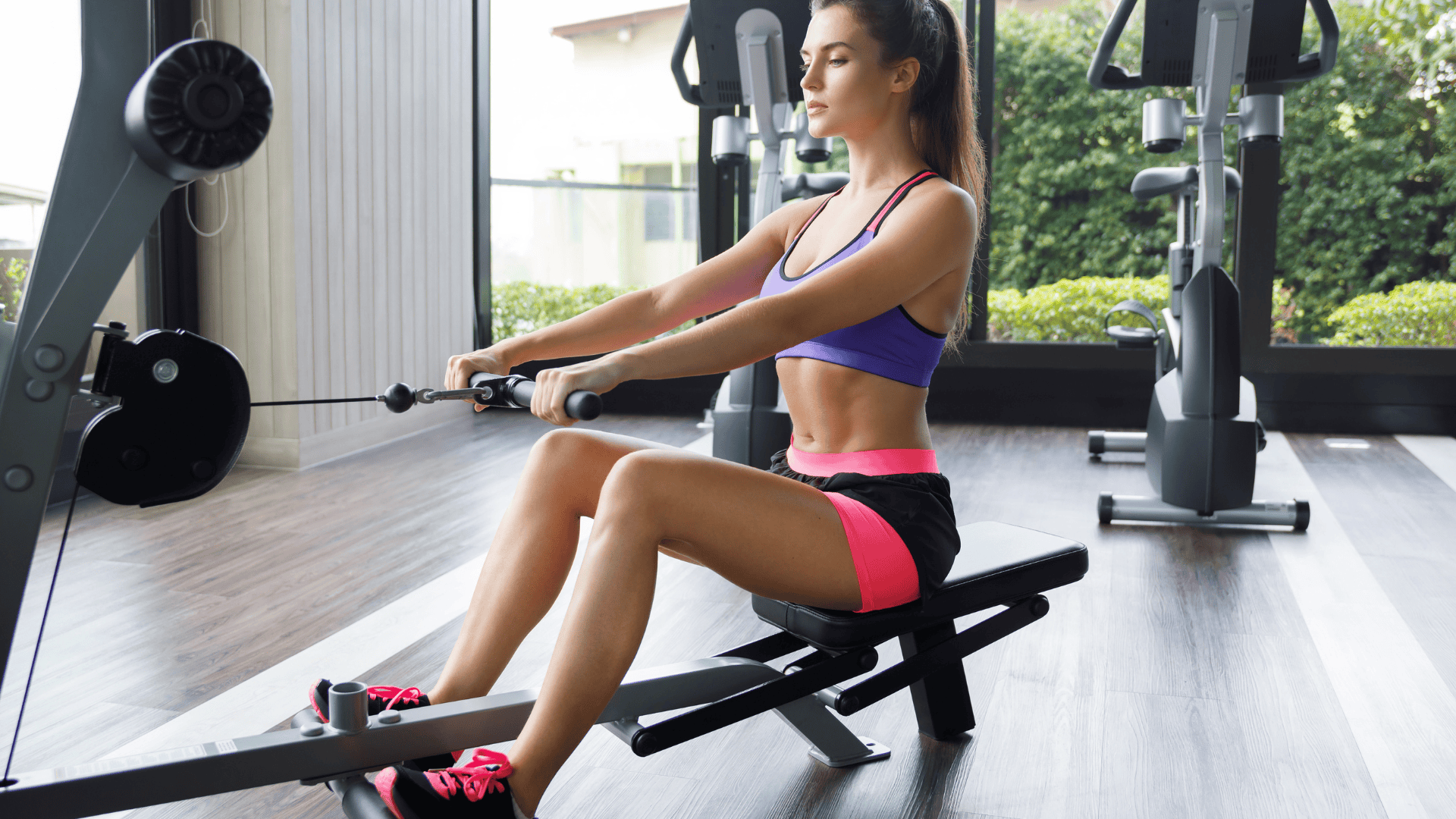
Deadlift (3 sets of 4–6 reps)
With your feet shoulder-width apart, grip the bar just outside your legs. Keep your spine straight and push through your heels to stand tall. This is your full-body pull, focusing on the back and hamstrings.
Lat Pulldown (3 sets of 8–10 reps)
Sit at the machine and pull the bar down to the top of your chest, squeezing your shoulder blades. Control the weight as it goes back up. This strengthens your upper back and builds width.
Seated Cable Row (3 sets of 10–12 reps)
Grab the handle and pull it toward your torso while keeping your back upright. Squeeze your back muscles before slowly returning. This targets your mid-back for thickness and posture.
Barbell Curl (3 sets of 8–10 reps)
Stand tall and curl the bar up to your chest, keeping your elbows close. Lower slowly. This move isolates the biceps with direct tension.
Pull day builds your back, arms, and grip strength. Focus on full range of motion and avoid rushing each rep.
Day 3 – Upper Accessory Day

Incline Dumbbell Fly (3 sets of 10–12 reps)
Lie back on an incline bench, open the dumbbells out wide, and bring them back together above your chest. Use a slight bend in the elbows throughout the motion. This adds size and shape to the chest.
Face Pull (3 sets of 15 reps)
Set a rope at face height and pull it toward your nose. Keep your elbows high. This works the rear delts and supports healthy shoulders.
EZ-Bar Curl (3 sets of 10–12 reps)
Use an EZ bar and curl the weight with control. Keep your elbows tucked in. It’s a wrist-friendly way to target biceps.
Overhead Dumbbell Triceps Extension (3 sets of 10–12 reps)
Sit or stand with one dumbbell behind your head. Extend your arms fully, then lower back down. This hits the long head of the triceps for better arm shape.
This session boosts detail in your upper body. Lighter weights and focused reps help polish lagging muscle groups.
Day 4 – Leg Day

Barbell Back Squat (3 sets of 4–6 reps)
Set the bar across your upper back. Keep your feet shoulder-width apart and lower into a squat, then drive up through your heels. This builds your glutes, quads, and overall strength.
Romanian Deadlift (3 sets of 8–10 reps)
Hold dumbbells or a barbell in front of your thighs. Hinge at the hips while keeping your back flat. Return to standing by squeezing your glutes. This targets hamstrings and glutes.
Leg Curl Machine (3 sets of 10–12 reps)
Adjust the machine and lie down or sit. Curl your heels toward your butt, then return slowly. This isolates your hamstrings.
Standing Calf Raise (3 sets of 15–20 reps)
Stand with your toes on a step and lift your heels as high as you can. Pause, then lower. This trains your calves for strength and stability.
Leg day demands control and steady effort. Focus on technique more than weight to stay injury-free and build solid muscle.
Day 5 – Upper Accessory Day (Round 2)
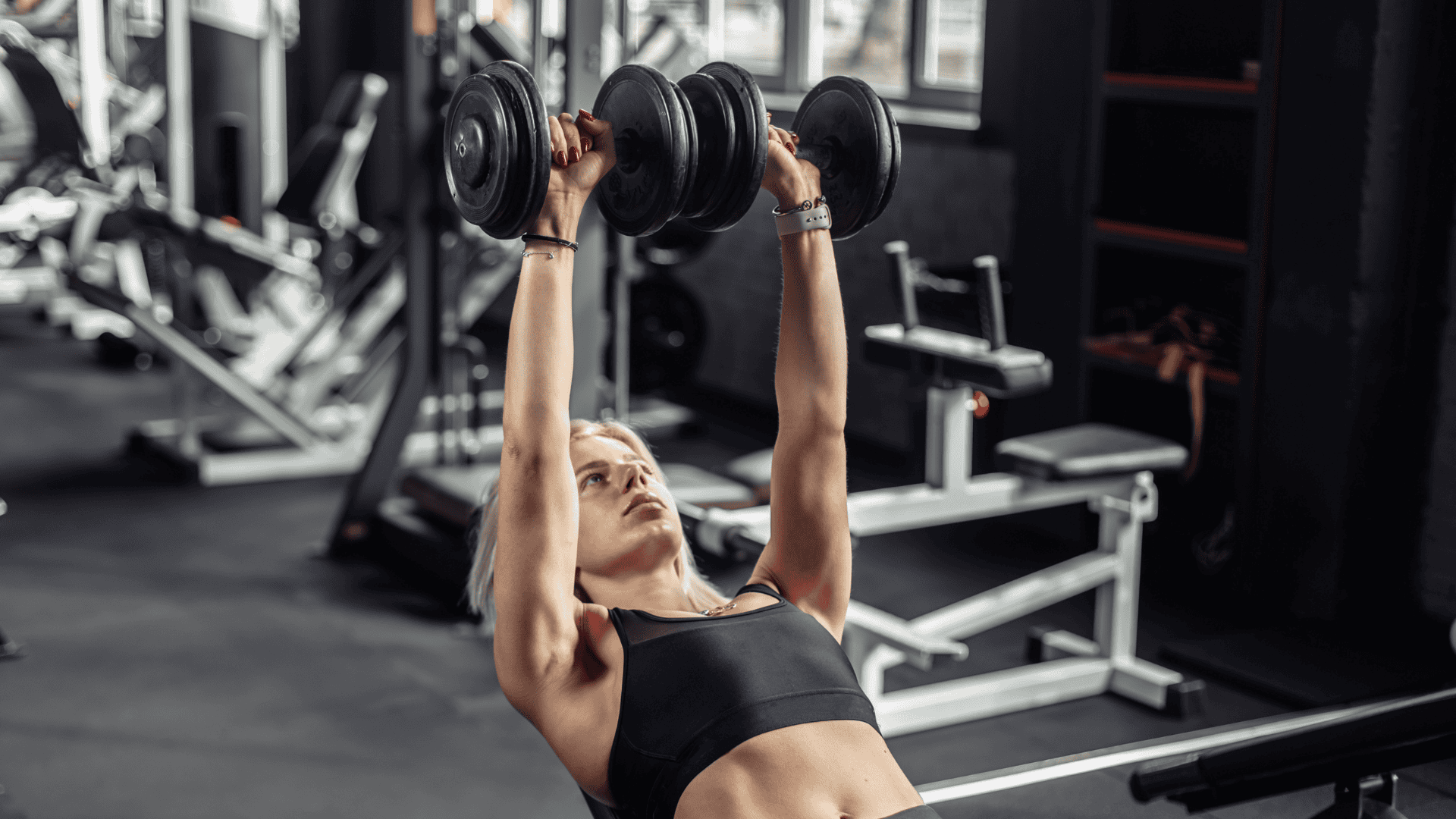
Machine Chest Press (3 sets of 10–12 reps)
Set the seat so the handles align with your chest. Press forward and return with control. This is a joint-friendly way to finish off chest work.
Dumbbell Arnold Press (3 sets of 10–12 reps)
Hold dumbbells in front of you with palms in. As you press overhead, rotate your wrists so palms face forward at the top. This trains all three heads of the shoulders.
Cable Lateral Raise (3 sets of 12–15 reps)
Use a low pulley and pull across your body. Focus on control and hold at the top. This adds roundness to your shoulders.
Hammer Curl (3 sets of 10–12 reps)
Hold dumbbells with a neutral grip and curl. This hits both biceps and forearms at once, helping round out your arms.
The final session brings the week together with balance and volume. It’s designed to keep you progressing without overtraining the big lifts
Choose a Routine That Suit Your Schedule
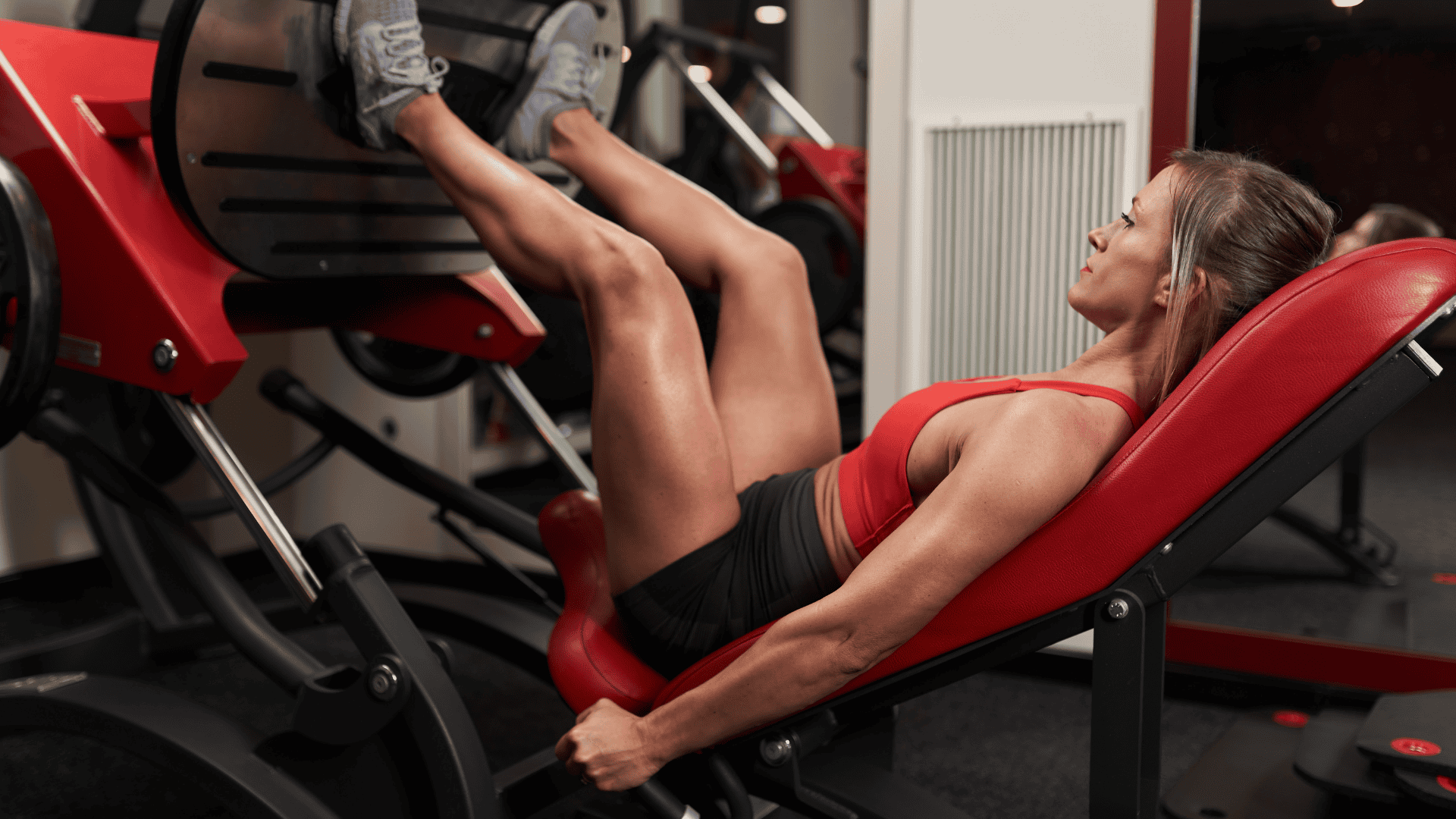
Not everyone can hit the gym five times a week. (and that’s perfectly fine)
This bodybuilding plan is built to suit your actual life. Whether you’ve got three, four, or five days available, you’ll still get results by training smart and staying consistent.
If you’re working with just three days, rotate through the main workout days each week, like Push, Pull, and Legs one week, then swap in an accessory day the next.
You’ll build momentum without overloading your schedule.
Four-day split? Easy.
Simply drop one of the accessory days (usually Day 3 or Day 5), and stick to the core Push, Pull, and Leg sessions. You’ll still hit every major muscle group twice a week with just slightly less total volume.
If your schedule allows for all five sessions, go for it. This full version gives each muscle group deep attention, with rest days baked in for recovery and growth.
No matter how many days you train, the goal stays the same: show up, push with intent, and stay consistent. The split is flexible, and the progress comes from sticking with it.
Progression That Doesn’t Stall You
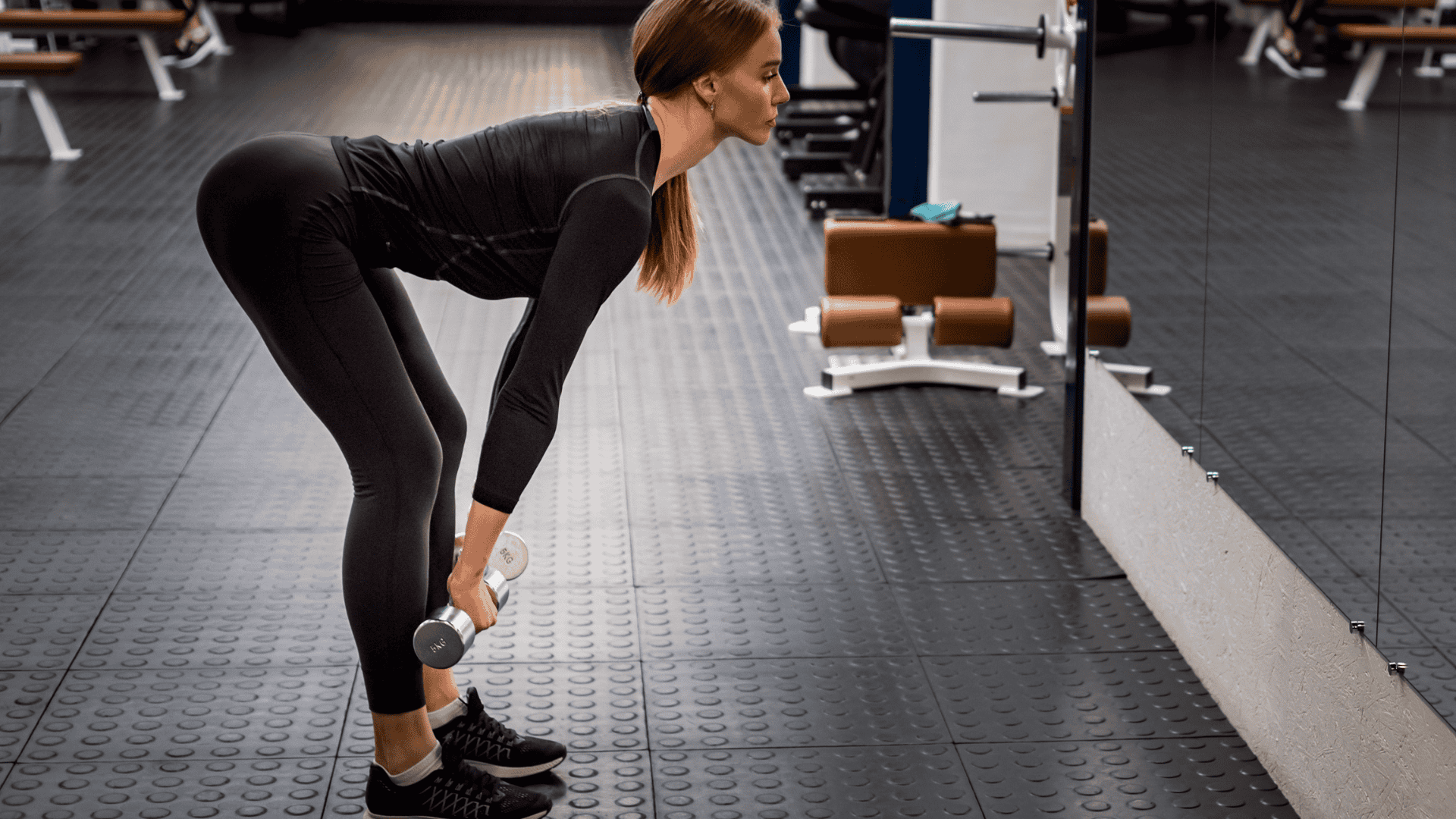
Getting to the gym is great. But what really drives results? Progress with purpose.
That’s where progressive overload comes in. It simply means challenging your muscles a little more each week so they keep growing.
Let’s say you’re doing a compound lift for 3 sets of 4–6 reps. Once you’re able to hit all 3 sets at 6 reps with solid form, it’s time to increase the weight slightly next session. Even a 2.5–5 lb jump is enough to keep your muscles adapting.
Not ready to add weight? That’s okay.
Progress also means improving your form, slowing down your tempo, or squeezing out one extra clean rep. Quality always beats rushing.
Train near failure. Your final rep or two should feel challenging but still controlled. And if your body starts feeling overly fatigued week after week, that’s your sign to take a deload week.
Pull back the volume or weight to give your body a reset.
Most important: track your workouts. Write down your weights and reps in your phone or notebook.
That way, you’ll know when it’s time to level up and you’ll see just how far you’ve come.
Recovery Days Are Still Training
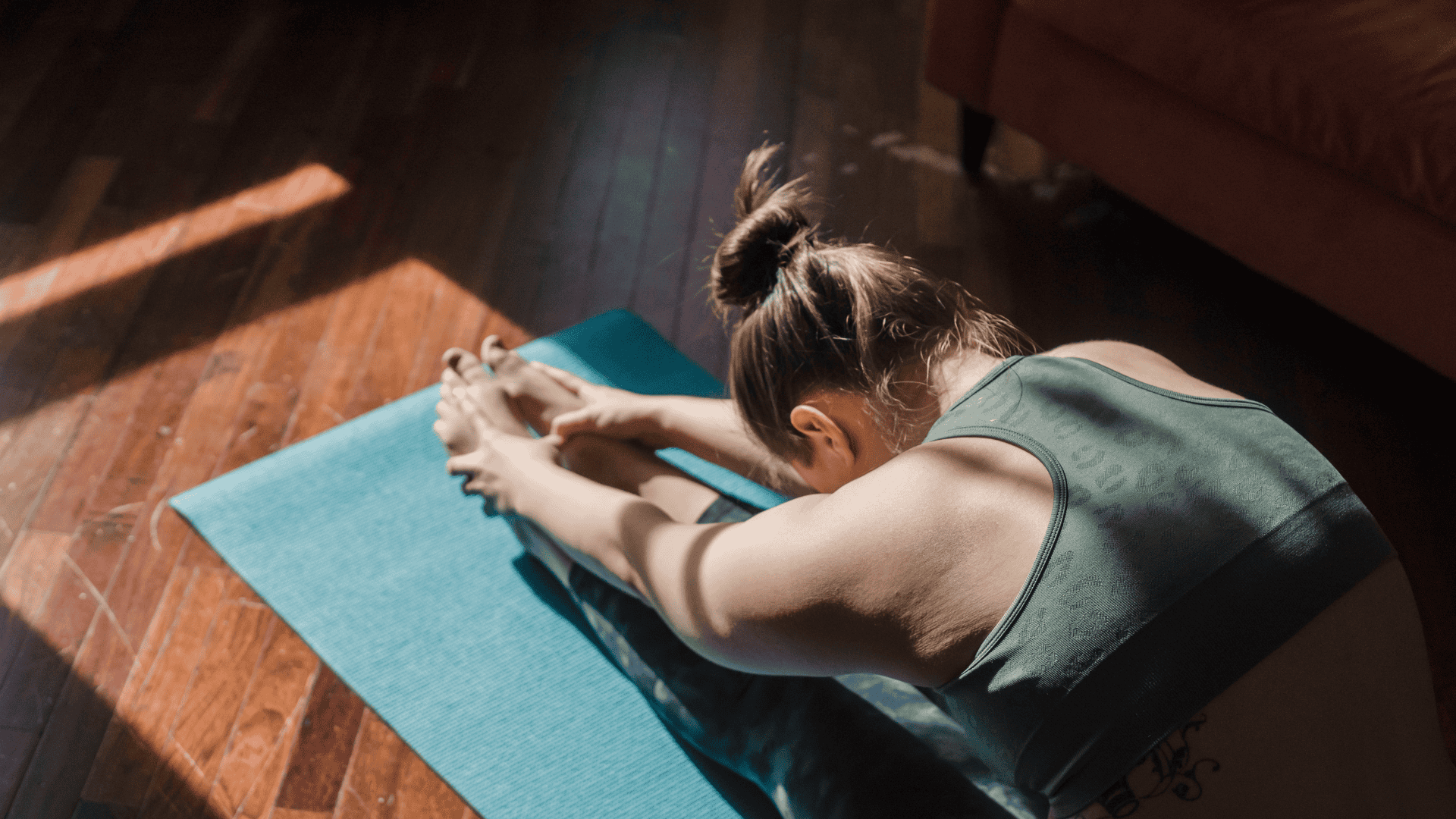
Your body doesn’t grow stronger while you’re lifting. It grows stronger when you rest. That’s why this plan includes two full rest days each week — and no, they’re not “days off.”
They’re part of the strategy.
Recovery is where the real magic happens. Your muscles repair, your nervous system recharges, and your body locks in the work you’ve put in at the gym.
On these days, light activity goes a long way. Take a walk, stretch for 10 minutes, do yoga, or even roll out tight spots with a foam roller.
These movements boost circulation and ease muscle soreness without putting on extra stress.
Behind the scenes, sleep, hydration, and stress management matter too. Aim for 7–9 hours of good sleep, drink plenty of water (especially if you’re sweating often), and find small ways to decompress when life gets busy.
So don’t treat recovery like downtime. Treat it like part of your training. Because when you recover well, you come back stronger (and more consistent) every time.
Fuel Your Gains With a Simple, Effective Meal Plan
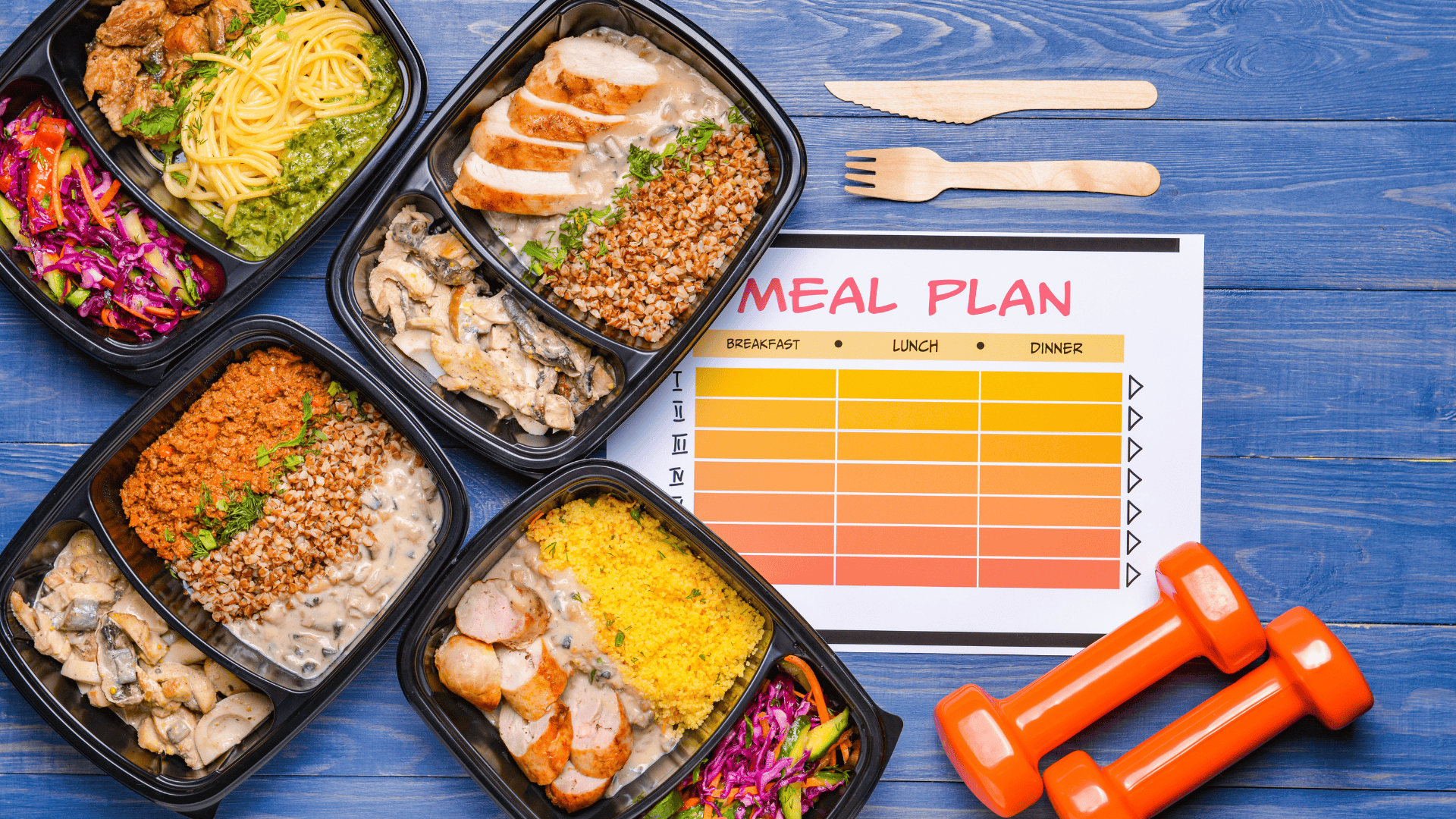
Training builds the stimulus. But muscle growth?
That happens when your body has the right fuel to rebuild and recover. Nutrition doesn’t have to be complicated, it just needs to support your effort in the gym, consistently.
Start with protein. It’s the key building block for muscle. Aim for 0.8 to 1 gram of protein per pound of body weight each day.
So if you weigh 160 pounds, that’s about 130–160 grams of protein daily. Spread this out over your meals with foods like eggs, chicken, ground beef, Greek yogurt, or a scoop of protein powder when needed.
Next, focus on carbs for energy. (think rice, oats, potatoes, or fruit) These help power your workouts and recovery. Healthy fats are important too.
Add in options like avocados, nuts, olive oil, and whole eggs to support hormones and keep you feeling full.
Meal prep makes everything easier. Cook your proteins in batches, portion out your carbs and fats, and store meals ahead of time.
That way, you’re not scrambling when it’s time to eat and your progress doesn’t get derailed by decision fatigue.
Finally, stay hydrated. Aim for at least half a gallon of water per day, more if you’re training hard or sweating often. Muscle doesn’t grow from lifting alone, it grows from what you do between workouts.
Fuel it right, and the results will follow.
Staying Motivated When Progress Slows

Some weeks feel slower. You lift the same weights. You don’t see the mirror changes you hoped for. That’s part of the process.
Progress isn’t always visible week to week. Strength builds under the surface. Muscle grows in small, steady waves.
Fatigue, stress, or sleep can affect your gym performance, but that doesn’t mean you’re backsliding.
What helps most is tracking. Take weekly progress photos, even when nothing seems different. Log your lifts so you see the reps you’ve added since week 1.
Pay attention to how your energy feels after workouts. That’s real data.
Also, build the habit of showing up, even when it’s not perfect. One off-day doesn’t cancel your effort. One short session is still a session.
Every phase counts. Slow weeks are where consistency wins. If you stick through them, the big changes come.
Ready to Start Your Bodybuilding Routine?
You’ve got the workout plan. You understand the structure. You know how to adjust it around your schedule. And now, you’re one step away from putting it into action.
Start simple. Just three days a week is enough to begin building momentum. Once that’s solid, add a fourth or fifth day when you’re ready.
What matters most isn’t the number of sessions—it’s showing up with purpose.
You don’t need perfect days or perfect lifts. What builds strength is consistency over time. One rep, one workout, one choice after the next.
The sooner you start, the sooner it becomes part of who you are. So take the first step. Show up this week. Then show up again.
That’s how progress happens.
Build Your Strength, One Step at a Time

Every bodybuilding journey starts with mastering the basics and dumbbells are the perfect place to begin.
That’s why I created the Free Dumbbell Workout Plan.
This guide gives you clear, beginner-friendly workouts that strengthen your foundation, improve your form, and build the confidence you need to take on heavier lifts in the gym.
Frequently Asked Questions
1. Do I need to do cardio with this bodybuilding plan?
Not required, but you can add short sessions if your goal includes heart health or fat loss. Walking on rest days is enough to stay active.
2. How long should each workout take?
Around 60 to 75 minutes. Take your time between sets—this isn’t rushed. Focus on form, not speed.
3. Can I swap machines for dumbbells?
Yes, as long as you’re hitting the same muscle group. For example, dumbbell presses can replace machine chest presses.
4. What if I can only go to the gym 3 days a week?
That’s fine. Use the 3-day split and stay consistent. As you get more comfortable, you can add a fourth or fifth day.
5. Is this plan okay for someone over 40?
Absolutely. Just start with lighter weights, focus on form, and progress gradually. Muscle growth can happen at any age.










